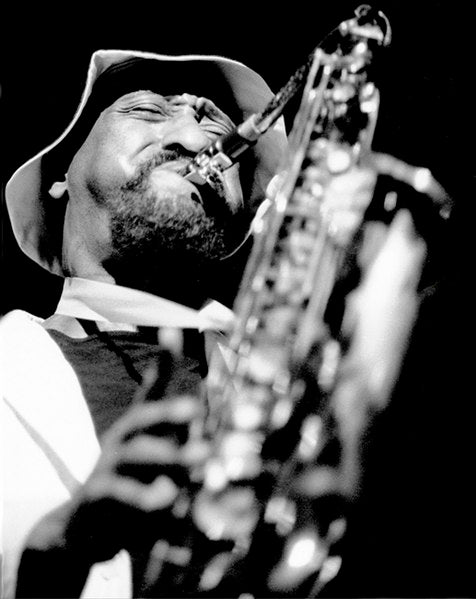Sonny Rollins

An improvisational genius in constant search of innovation, Sonny Rollins is one of the most influential tenor saxophonists in the history of jazz. His saxophone of choice? Tenor Mark VI.
Born in Harlem in 1930, Sonny Rollins began playing alto saxophone before moving to tenor at the age of 16, influenced by his idol Coleman Hawkins.
He became a professional saxophonist at the age of 19 and has since performed with the great figures of bebop: Thelonious Monk, Jay Jay Johnson, Charlie Parker and Max Roach. In 1951 he joined Miles Davis' Modern Jazz Quartet with whom he recorded some of his own compositions, including the famous Oleo. At the same time, he recorded an album with Thelonious Monk which was a great success from its release in 1954. Now considered a giant of jazz, Sonny Rollins is distinguished by his talent as an improviser, his mastery of rhythm and his taste for experimentation.
In 1955, he joined Max Roach's quintet, a group that would prove to be one of the precursors of hard bop, then worked mainly on his own creations from the following year. In 1956 he released one of his most famous albums: Saxophone Colossus, and in 1957 he recorded his first songs in a trio without piano. This particularity will become known as Strolling.
Very demanding with himself, prey to permanent doubts, he chose to interrupt his career for the first time from 1959 to 1961. The album The Bridge (1962) marked a return to a certain serenity. Sonny Rollins then turned more towards free jazz, collaborating with artists such as Billy Higgins and Ornette Coleman.
In the late 1960s, he took a new break and took the opportunity to travel, learning yoga and oriental philosophies. He came back in the 1970s with pop and funk inspirations.
In 2012, Henri Selmer Paris pays tribute to Sonny Rollins and his career by offering him a saxophone made especially for him with a unique engraving: Tenor Colossus.
Everything I've learned, I owe to Harlem.
Photo credit: Brian McMillen